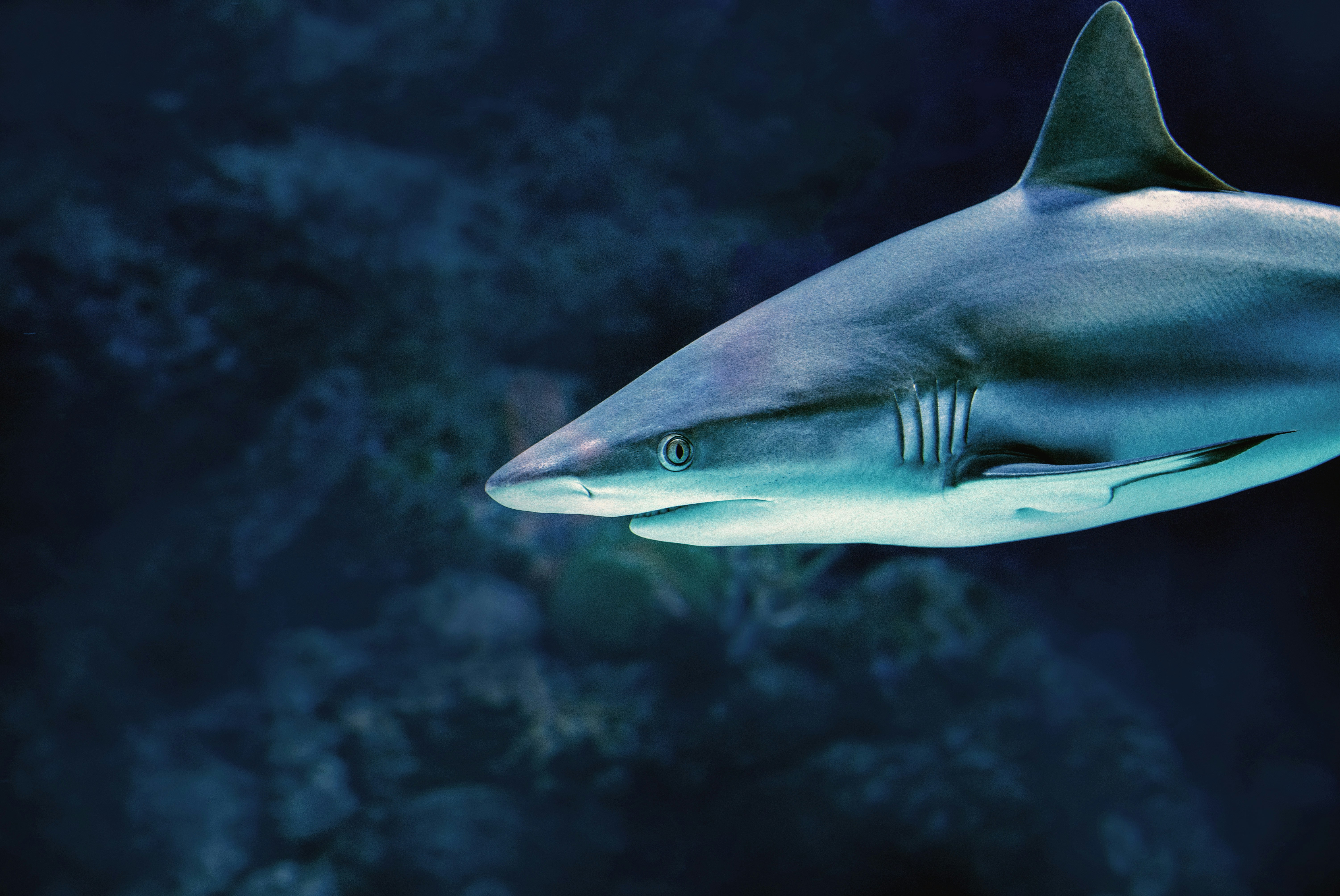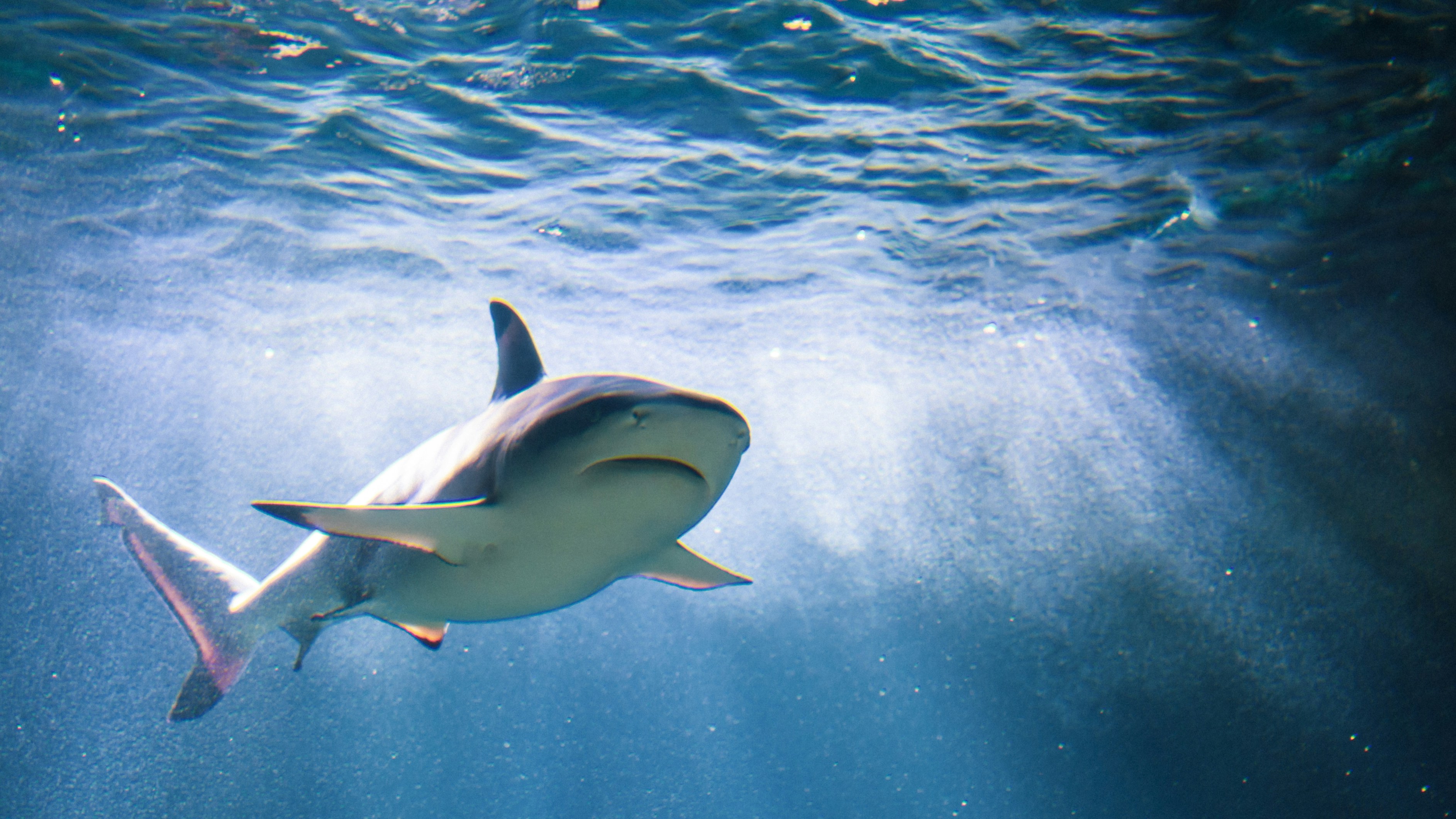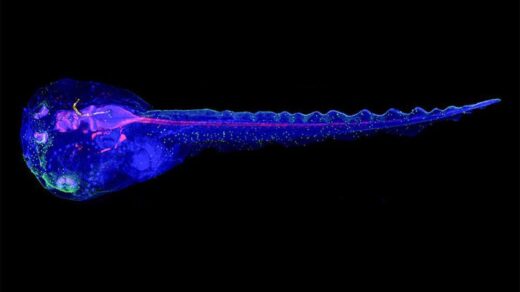
Special characters of Megalodon
Megalodon, the massive ancient shark, may have become one of the ocean’s most fearsome predators by running hotter than its environment. Recent research reveals that megalodon had a body temperature approximately 7 degrees Celsius higher than the surrounding seawater, a trait known as regional endothermy.
This warm-bloodedness likely gave megalodon an edge, allowing it to swim faster and cover greater distances in pursuit of prey, contributing to its enormous size—up to 20 metres long. However, this advantage may have also led to its downfall. As the climate changed during the Pliocene Epoch, food sources like marine mammals dwindled, and megalodon’s high metabolic demands became unsustainable, possibly driving the species to extinction. In contrast, the great white shark, a smaller competitor, survived due to its lower metabolic needs.
Exploring the Extraordinary Senses of Sharks-
Sharks are often thought of as fierce predators, but what many don’t realise is just how complex and sophisticated these creatures truly are. With brains as developed as those of some mammals, sharks are equipped to process an incredible array of sensory information, allowing them to navigate the oceans with precision and power.
The Five Basic Senses Enhanced to the Extreme
Smell:
Nature’s bloodhound Sharks have an extraordinary sense of smell, with up to two-thirds of their brain mass dedicated to processing scents.
They can detect a single drop of blood in an Olympic-sized swimming pool, making them incredibly efficient at locating prey from miles away. This heightened sense is not just for hunting, but also helps sharks identify potential mates or threats in their environment.
Sight:
Seeing in the Depths light doesn’t travel well underwater, so sharks have evolved to make the most of what little is available.
Their eyes are positioned to provide nearly 360-degree vision, although their sharpest focus occurs about 15 metres from an object. Like nocturnal animals, sharks have a special layer of cells behind the retina called the tapetum lucidum, which reflects light and enhances their ability to see in the dark. This gives them a glowing green eye shine when exposed to light in the dark.
Sound:
Tuned into the Ocean’s Frequencies Sharks have an acute sense of hearing, particularly attuned to low-frequency sounds made by struggling prey.
Their ears, located behind their eyes, consist of three fluid-filled tubes lined with tiny hairs that vibrate in response to sound waves, allowing them to detect sounds from significant distances.
Touch:
Sensing the World Through Their Skin and Teeth.
Sharks possess a keen sense of touch, with numerous nerve endings beneath their skin and in their teeth. These nerves allow them to investigate objects in their environment, often using their teeth to “test bite” and gather information. This inquisitive behaviour, while useful for the shark, can sometimes be dangerous for whatever or whoever is being bitten.
Taste:
A Critical, but Less Essential Sense Unlike their other senses, sharks’ taste buds are less refined, primarily serving to determine if something is worth eating.
Often, a shark will take a test bite to see if its potential prey is palatable, spitting it out if it doesn’t taste right. This could explain why some shark encounters with humans are not fatal—the shark simply isn’t interested in what it tastes.
Beyond the Basics:
Unique Shark Senses Electroreception Detecting the Invisible.
One of the most remarkable abilities of sharks is their capacity to sense electrical fields, thanks to specialised organs called the ampullae of Lorenzini. These jelly-filled pores, primarily located on the shark’s head and snout, can detect the faintest electrical impulses, such as those emitted by the heartbeat of hidden prey or the Earth’s geomagnetic field. This sense is so fine-tuned that some sharks, like the hammerhead, can locate prey buried beneath the sand.
Pressure Changes:
Navigating Through the Lateral Line.
The lateral line system is another extraordinary adaptation, allowing sharks to detect changes in water pressure. This system consists of a series of small pores running along the sides of the shark’s body from head to tail. By sensing vibrations and pressure changes, sharks can track the movement of nearby prey and navigate their environment even in murky waters. Dive Deeper Into the World of Sharks.
Engage with Us:
Stay tuned for more captivating insights and News. Visit our Blogs and Follow Us on social media to never miss an update. Together, let’s unravel the mysteries of the natural world.



















